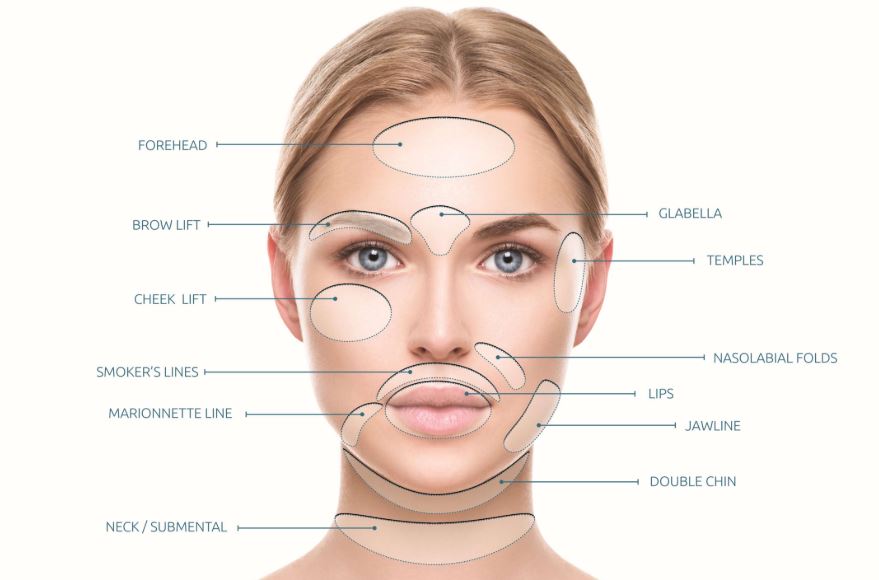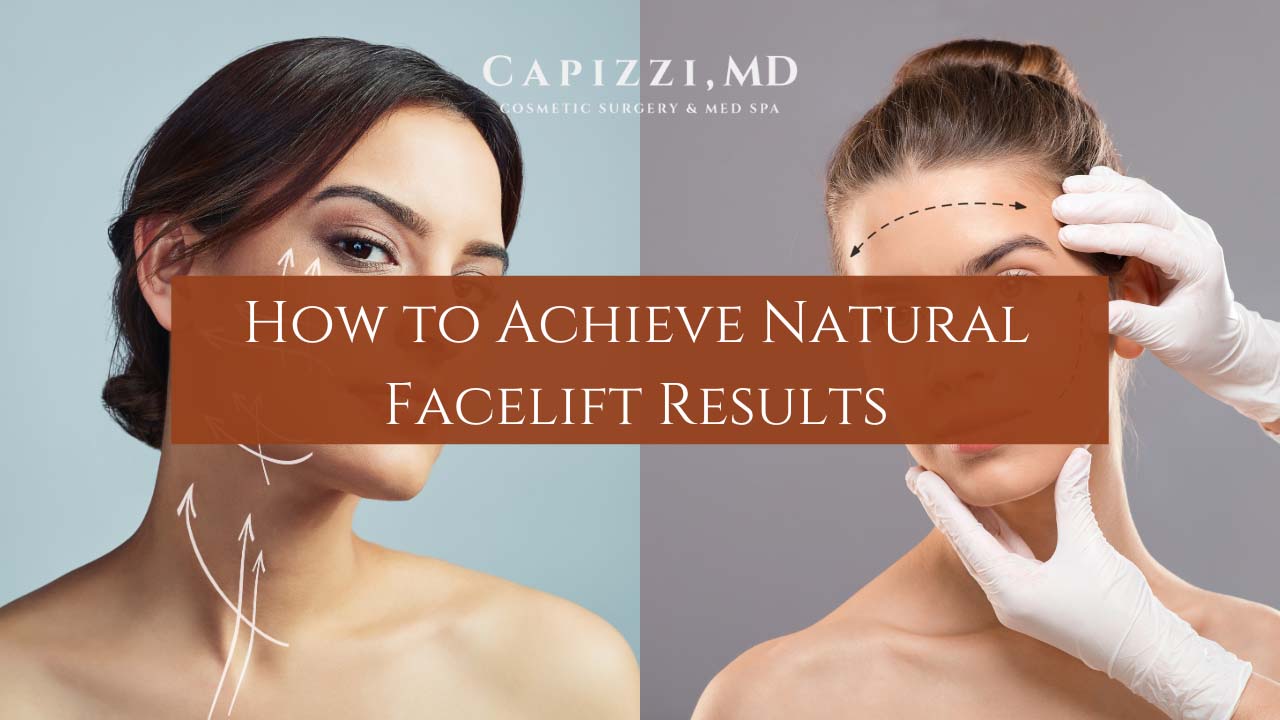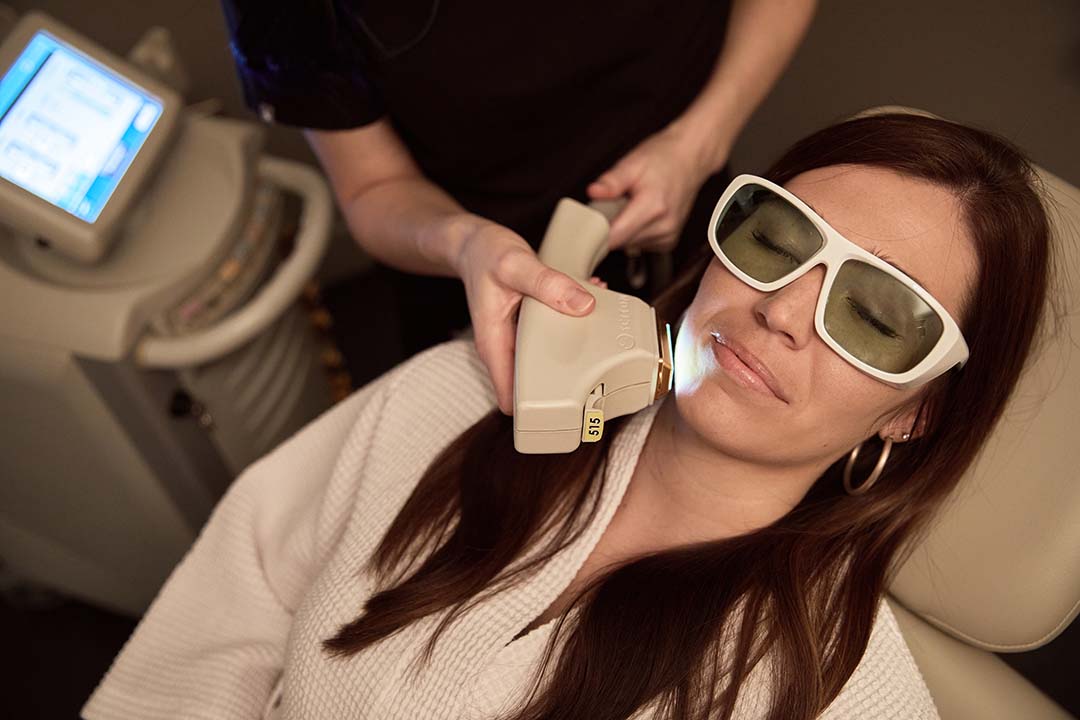Are wrinkles and loose skin starting to give you an aged look? Are you interested in a facelift, but hesitant to undergo surgery? If you feel like you could benefit from the skin rejuvenation a facelift would offer, but are looking for a nonsurgical option, you may be a good candidate for a PDO Thread …
Are wrinkles and loose skin starting to give you an aged look? Are you interested in a facelift, but hesitant to undergo surgery? If you feel like you could benefit from the skin rejuvenation a facelift would offer, but are looking for a nonsurgical option, you may be a good candidate for a PDO Thread Facelift. Here are 10 things that every patient who is interested in facial rejuvenation should know about PDO Thread Lifts:
1. A thread facelift is a great non-surgical alternative to a traditional facelift.
A Polydioxanone (PDO) thread facelift is a nonsurgical procedure that uses dissolvable sutures to lift and tighten your skin. The thread lift procedure is less invasive than a standard facelift as it is performed using topical numbing and requires no incisions.
2. Thread facelift results can last for up to 3 years!
The PDO threads are absorbed by the body in 4-6 months. As they are absorbed, they stimulate collagen production around the area of insertion. Because thread lifts are low-risk and boast a short recovery time, we recommend patients combine their thread lift with other nonsurgical procedures to create more comprehensive, noticeable results. Once the skin has healed around the threads inserted during a thread injection facelift, we recommend pairing your thread lift with a treatment like microneedling or dermal fillers. This will also make your results last longer, lasting up to 3 years.
3. A PDO thread itself will dissolve over time.
A Polydioxanone (PDO) thread is a dissolvable suture made of biodegradable polyester. We use smooth PDO threads to rejuvenate your skin by stimulating collagen production. This safe suture material has been used in orthopedic and cardiovascular surgeries for over 30 years. In addition, the PDO threads we supply are backed by 6 years of published safety studies and are the first and only PDO suture in the US to receive dual FDA approval.
4 . There are different kinds of threads, made for different things.
It is important to distinguish the different uses of PDO threads, as different threads produce different results! Smooth threads improve texture, tone, and volume loss in the skin while also providing lifting over multiple treatments. Barbed threads are used for more dramatic lifting in areas that are sagging due to age.
5. A thread facelift takes less than an hour to perform.
A mini facelift, performed under general anesthesia, can take anywhere from 2-3 hours. This is not the case with PDO thread facelifts! The ease of a thread facelift gives it a much shorter procedure time, usually taking around 45 minutes.
6. A thread is inserted directly into the skin and left there.
The thread injection facelift is a unique technique because it is inserted inside the injection needle and the free end of the thread is attached to the needle with a sponge. After injecting, the needle is removed, and the thread stays inside the tissue until it is naturally reabsorbed by the body. Gradually and naturally, the thread restores lost collagen and gives more definition to the patient’s features, maintaining volume over time. For maximum results, multiple injections spaced 4-6 weeks apart are recommended.
7. Full thread facelifts not only tighten skin, they also stimulate collagen and elastin production.
A full thread facelift uses threads to give a lift to areas that are sagging due to natural aging. The sutures lift and reposition subdermal tissue, with the barbed edges holding the suture and facial skin in an elevated position. Both the suture and barbed material are made with a biodegradable polymer, which stimulates fibroblasts for gradual collagen maturation over time. This type of thread injection facelift is designed to reposition volume in the mid-face with a goal of a natural-looking result. It is a less invasive approach to a surgical facelift.
8. Almost everyone is a good candidate for thread facelift
In general, the best candidates for this treatment are people who are experiencing early facial aging, or who are showing visible signs of mild aging. These signs can include mild to moderate skin laxity, particularly in the mid-face, and fine lines and wrinkles around the nose, mouth, and chin. Smooth PDO threads can be used to increase collagen stimulation in those with lax and crepey skin to kickstart skin tightening and texture improvement. Most of the time, candidates for this treatment are between the age of 30 and 55.
Smooth threads can address early signs of aging and volume loss in these areas:
- Crow’s feet
- Forehead
- Glabella (“11 lines” in between the brows)
- Cheeks
- Marionette (smile lines)
- Upper lip
- Atrophic scars like acne scars
- Neck
- Under the chin, or “double chin”
- Jowls
- Crepey skin on the knees, stomach, arms, hands
9. Thread lift facelifts have a very low risk of complication
PDO thread lifts have a much lower risk of complication compared to facelift surgery. There’s less risk of scarring, bleeding, and bruising when performed by a trained injector. Complications associated with smooth threads are minor and usually easily addressed.
These complications may include:
- Visible sutures (especially in people with thin skin)
- Pain
- Minor bruising
- Snapping of threads
- Inflammation
At Capizzi MD, we are no stranger to the bruising and swelling that naturally occur after aesthetic treatments. That’s why we carry Arnika Forte! This all-natural dietary supplement has been shown to speed up the healing time for faster recovery from bruising, swelling, and pain associated with soft tissue injuries.
10. Thread facelifts have little to no downtime
For many patients, the biggest advantage of having a thread lift rather than a facelift is the greatly reduced recovery time associated with thread lifts. With facelift surgery, the patient must be put under general anesthesia. Most facelift patients also require around-the-clock assistance from a caretaker for at least three days after they have surgery. Facelift patients usually need to take one to two weeks off work in order to heal.
Recovery from a thread lift, on the other hand, is comparatively easy. Thread lifts can be performed under local or topical anesthesia, meaning that thread lift patients can drive themselves home and look after themselves immediately after having their procedure. While some patients will experience a little bit of soreness, redness, and swelling after having a thread lift and therefore wish to take the rest of the day off, most can return to work immediately. Prescription pain medication is seldom needed after having a thread lift, making it easier for patients to return to their normal routine.
Curious about pricing or want to schedule a consultation with one of our expert injectors? Feel free to give our office a call at 704-655-8988 or fill out an online consultation form.













